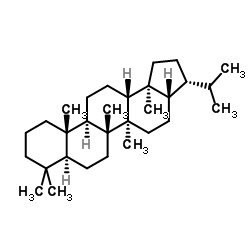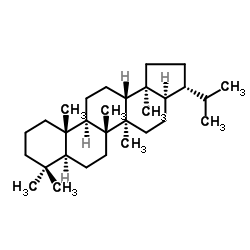| Structure | Name/CAS No. | Articles |
|---|---|---|
 |
17beta(H), 21beta(H)-Hopane
CAS:471-62-5 |
|
 |
17a-Hopane
CAS:13849-96-2 |